
Fundamentals
The concept of lice prevention, at its heart, describes the array of deliberate actions and practices undertaken to safeguard the human scalp and hair from the unwelcome presence and proliferation of parasitic head lice, known scientifically as Pediculus humanus capitis. It stands as a proactive shield, extending beyond mere infestation treatment to encompass thoughtful routines and community understandings that interrupt the life cycle and transmission pathways of these persistent, tiny creatures. For those with textured hair, particularly within Black and mixed-race communities, the meaning of lice prevention gains layers of ancestral wisdom and profound cultural significance, rooted deeply in centuries of unique hair care traditions.
For generations, the care of textured hair has been an intimate ritual, a practice passed down through familial lines, often in whispers and gentle hands. In these shared moments, the practical aspect of maintaining scalp health and warding off external nuisances like lice was intrinsically woven into the very fabric of beauty and self-expression. Lice prevention, in this foundational sense, is not just about a medical challenge; it symbolizes the enduring legacy of care, a continuous thread connecting our present practices to the resourceful ingenuity of those who came before us. It asks us to look at hair, not as a separate entity, but as a living extension of our lineage, deserving of protection and reverent attention.
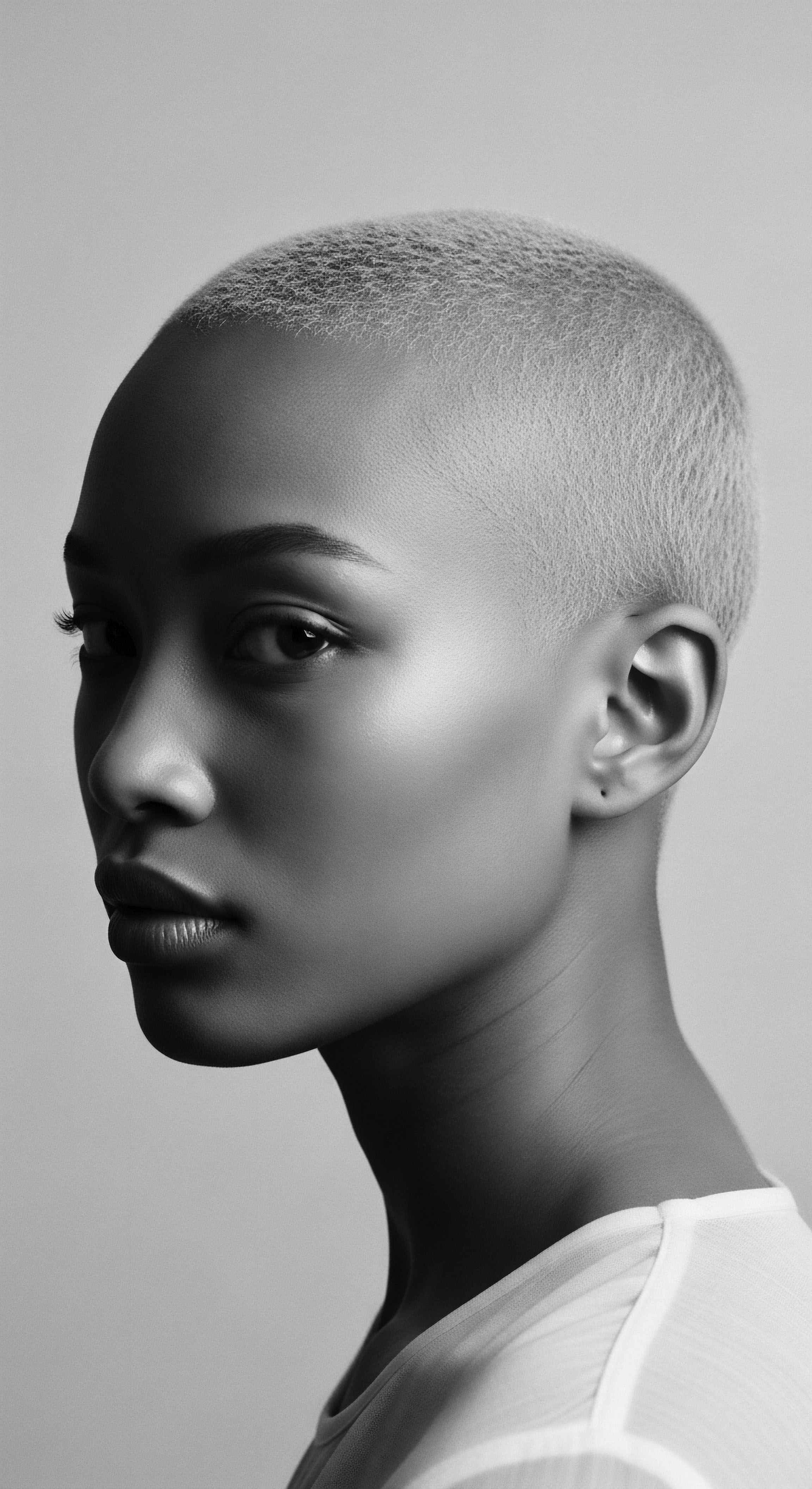
Echoes from the Source ❉ Ancient Understandings
Across the sweep of human history, head lice have presented a consistent challenge, their eggs, termed ‘nits,’ discovered in human hair remains dating as far back as 9000 BC. This pervasive presence meant that various civilizations, long before the advent of modern microscopy, developed their own methods for managing these tiny invaders. The Ebers Papyrus, an ancient Egyptian medical document from around 1550 BC, recounts early attempts at addressing lice, including an intriguing, if perhaps questionable, practice of spitting out a warm mixture of date meal and water onto the skin to deter pests.
Conversely, Egyptian priests often chose to shave their entire bodies to ensure freedom from these parasites, a clear testament to the lengths people would go to maintain hygiene. These ancient responses were often elemental, drawing directly from the natural world around them.
The wisdom of the Greeks and Romans also offers insights into early preventive measures. Authors like Dioscorides, in his De Materia Medica (circa 50-70 AD), documented remedies that utilized sticky or oily substances such as cedar oil or boiled honey. The intent was likely to asphyxiate the lice and facilitate their removal through combing. Plant saps and decoctions, such as those from ivy or tamarisk leaves, were also applied, potentially acting as insect repellents or poisons.
Manual nit-picking, the painstaking removal of individual eggs, was also recognized as a crucial step, indicating an early understanding that eliminating eggs was as important as eradicating adult lice. This historical continuity highlights a shared human experience with head lice, and the perpetual human drive to find solutions, often drawing upon local botanicals and communal grooming.
Lice prevention, at its simplest, means taking steps to keep head lice from settling on the scalp and spreading, a practice deeply intertwined with human history and cultural hair care.
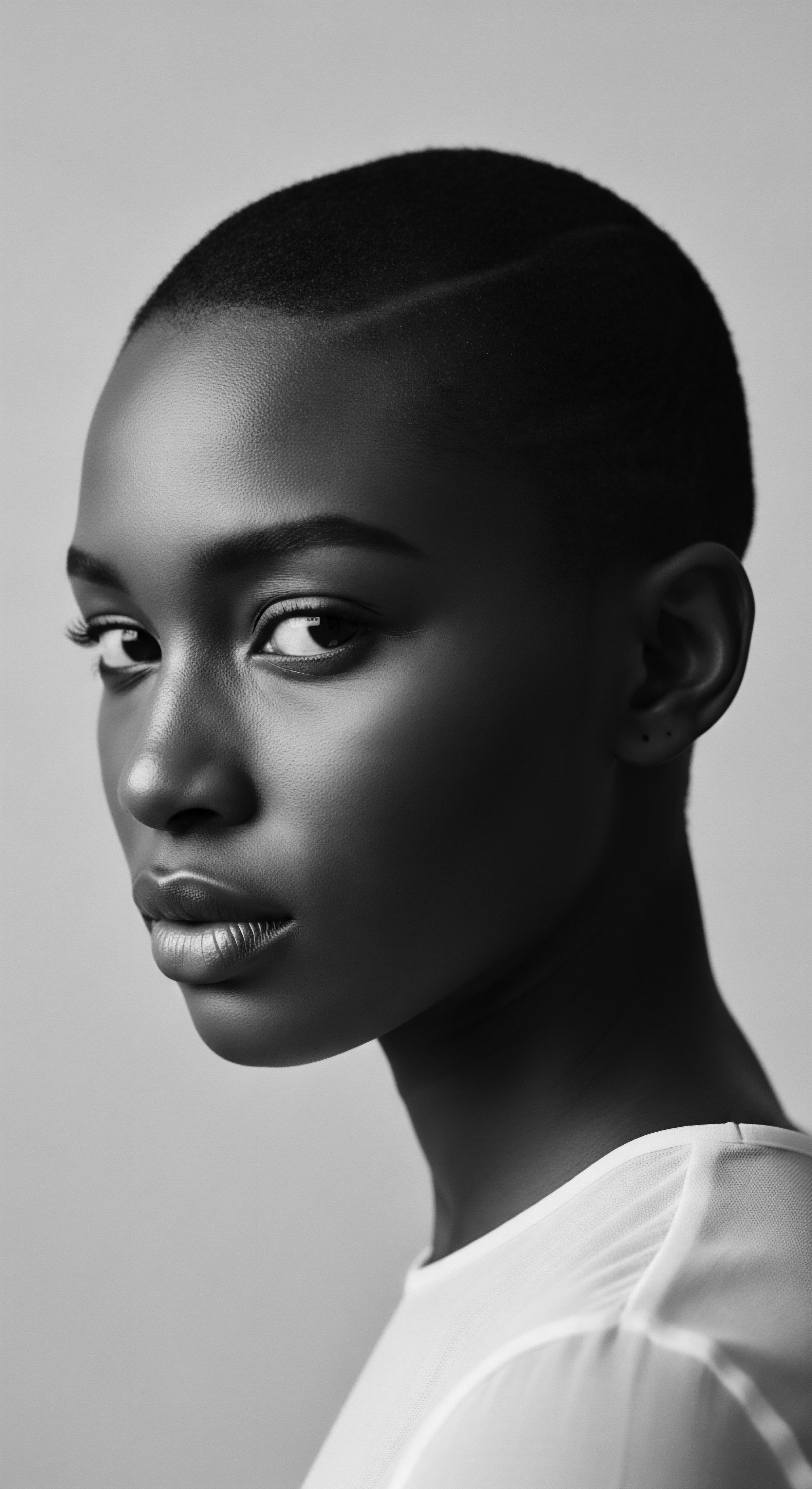
Early African Approaches ❉ A Legacy of Resilience
Within African communities, hair care has always held profound cultural significance, a realm where beauty, status, and identity intertwine. Long before the transatlantic slave trade, diverse African peoples cultivated intricate hair styling practices, including elaborate braids, threading, and locs, often enhanced with natural butters, herbs, and powders to retain moisture. These traditional regimens, while perhaps not exclusively formulated for lice prevention, inherently contributed to scalp health and potentially created environments less conducive to lice infestation. The rich application of oils, butters, and natural ingredients such as Neem Oil, Shea Butter, Aloe Vera, and Moringa, which are known for their nourishing and sometimes insecticidal properties, were integral to these ancestral routines.
- Shea Butter ❉ A widely utilized emollient across many African cultures, shea butter provides moisture and a slick surface to the hair strands. This property could potentially make it more challenging for lice to adhere and for nits to bond securely to the hair shaft.
- Neem Oil ❉ Indigenous to parts of Africa and Asia, neem oil has been used in traditional medicine for its insecticidal properties. Its inclusion in herbal rinses and hair treatments served a dual purpose ❉ scalp nourishment and pest deterrence.
- Protective Styles ❉ Braids, twists, and cornrows, deeply embedded in the heritage of Black hair, often keep the hair tightly bound. This reduces the surface area available for direct head-to-head contact, the primary mode of lice transmission.
The resilience inherent in these ancestral practices speaks volumes about community and resourcefulness. Many African traditions, including communal grooming practices, naturally integrated preventive measures. These were often part of larger holistic wellness approaches that honored the body and spirit.
Even during the devastating period of enslavement, when hair was often forcibly cut to strip identity, enslaved Black women found ways to maintain hair care traditions, sometimes even using headscarves (tignons in some contexts) for functional purposes such as protecting the scalp from sun, grime, and indeed, lice, alongside their symbolic resistance. The rudimentary understanding of lice prevention within these heritage practices was practical, embodied, and passed down as an unspoken language of care.

Intermediate
Venturing into a more nuanced understanding of lice prevention requires us to examine the intricate interplay of biological factors and historically informed cultural adaptations. The meaning of lice prevention, from this intermediate standpoint, encompasses the deliberate strategies that disrupt the life cycle of Pediculus humanus capitis by understanding their habits and vulnerabilities, especially as they pertain to the diverse forms of textured hair. This exploration moves beyond a simple definition, revealing the profound relationship between hair structure, traditional grooming, and the persistent efforts to maintain scalp sanctity.

The Biology of Attachment and Hair Texture
Head lice, obligate human parasites, possess unique anatomical adaptations for their existence. Their six tiny, clawed legs are precisely designed to grasp onto hair shafts, allowing them to traverse the scalp and lay their minute, pearlescent eggs, known as nits, firmly upon individual strands. The efficacy of this attachment is a critical element in the louse’s ability to infest and reproduce.
Scientific inquiry has shed light on a fascinating biological particularity regarding head lice and hair texture. The hair shaft of individuals of African descent often presents an Oval or Elliptical Cross-Section, resulting in distinct coily or tightly curled patterns. This contrasts with the more circular cross-section typically found in Caucasian and Asian hair types.
The divergence in hair shaft morphology creates a significant challenge for the claws of the most common head lice species found in North America and Europe. These lice are physiologically better suited for grasping hair shafts with a circular cross-section, making it demonstrably harder for them to move, attach, and secure their nits on coily hair.
The distinctive coiled structure of textured hair, particularly in Black communities, creates a less hospitable environment for typical head lice, influencing prevention strategies.
This biological reality contributes to a lower prevalence of head lice infestations among African Americans compared to other racial groups. A 1985 study found that approximately 10% of Caucasian children experienced lice infestations, whereas only 0.3% of African American children did so. While this offers a measure of natural deterrence, it is crucial to clarify that African Americans are not immune to lice infestations.
Lice, being opportunistic, will still attempt to infest, and adaptations have been observed in certain lice populations within African countries that are better equipped to navigate coily hair. However, the fundamental biological mismatch in hair texture remains a compelling factor in general prevention outcomes for many.

Traditional Modalities and Their Protective Properties
The deep heritage of hair care within Black and mixed-race communities is replete with practices that, whether consciously or instinctively, served as formidable allies in lice prevention. These methods transcended mere aesthetic grooming; they embodied a comprehensive approach to scalp health and hair vitality that inherently discouraged parasitic presence.
One prominent thread in this heritage is the generous application of natural emollients and oils. Preparations derived from various plants and natural sources, including Coconut Oil, Olive Oil, and Petroleum Jelly, have been long-standing components of textured hair routines. The use of these substances creates a lubricated, sometimes slick surface on the hair strands.
This physical barrier can impede the ability of lice to cling effectively to the hair shaft and subsequently hinders the secure attachment of their eggs. The historical prevalence of these moisturizing routines, driven by the natural tendency of coily hair to be drier, inadvertently provided a layer of protection against lice.
| Traditional Practice Oiling and Greasing |
| Description and Cultural Context Regular application of natural oils (e.g. coconut, olive, castor) and butters (e.g. shea butter) to the scalp and hair for moisture and sheen. Common across various African and diasporic communities. |
| Lice Prevention Mechanism Creates a slippery surface on hair shafts, making it harder for lice to grip and nits to attach. Potentially suffocates existing lice. |
| Traditional Practice Protective Styling |
| Description and Cultural Context Elaborate braiding, twisting, and cornrowing techniques, often lasting for extended periods. Styles signify identity, status, and community. |
| Lice Prevention Mechanism Reduces loose hair, thereby limiting head-to-head contact, the primary mode of transmission. Minimizes accessible surface area for lice. |
| Traditional Practice Communal Grooming |
| Description and Cultural Context Shared acts of hair care, often within familial or community circles, involving manual detangling and visual inspection. Rooted in social bonding and collective well-being. |
| Lice Prevention Mechanism Facilitates early detection and manual removal of lice and nits, a time-honored method of eradication. Reinforces collective vigilance. |
| Traditional Practice These practices, woven into the deep heritage of textured hair care, illustrate how ancestral knowledge provided effective, albeit indirect, strategies for managing lice infestations. |
Protective hairstyles represent another cornerstone of ancestral prevention. Styles such as Braids, Locs, and Twists, with their profound cultural and historical weight, keep hair tightly contained and reduce its loose exposure. This structural containment physically minimizes the opportunities for direct hair-to-hair contact, which is the most frequent way lice transfer from one individual to another. In many African societies, these styles were not merely decorative; they were practical solutions for managing hair in various climates and demanding lifestyles, simultaneously offering a defense against external elements, including parasites.
Furthermore, communal grooming, a shared experience of tending to one another’s hair, was a societal norm in many traditions. This act, whether for lice detection or general hair maintenance, fostered intimate connections and allowed for diligent scalp inspection and manual removal of any visible parasites. While perhaps not always labeled “lice prevention” in a modern clinical sense, these integrated customs demonstrate a deep, embodied understanding of hair health and collective well-being that naturally contributed to mitigating infestations. The historical journey of lice prevention in textured hair reveals a continuous interplay between the unique biological characteristics of the hair itself and the resourceful, culturally specific practices cultivated by generations.

Academic
The academic understanding of Lice Prevention transcends rudimentary definitions, positioning it as a complex interplay of entomological realities, human physiological variations, socio-cultural constructs, and evolving public health paradigms. From an academic vantage point, Lice Prevention is the systematic application of knowledge concerning the life cycle, transmission dynamics, and host-parasite interactions of Pediculus humanus capitis, coupled with a critical examination of historical and contemporary human behaviors and biological predispositions that either facilitate or impede infestations. Its meaning is thus a composite, drawing upon insights from parasitology, dermatology, anthropology, public health, and sociology to delineate comprehensive strategies for minimizing the presence and spread of these ectoparasites, particularly within communities shaped by unique hair textures and ancestral legacies.

Entomology and Hair Morphology ❉ A Unique Resistance
The core biological premise underpinning the differential prevalence of head lice lies in the morphology of the louse’s claw and the human hair shaft. Head lice possess a specific claw structure adapted for grasping cylindrical hair shafts. The human head louse, Pediculus humanus capitis, exhibits a physiological preference for hair with a circular cross-section, which is characteristic of hair types common among Caucasian, Hispanic, and Asian populations.
Conversely, the hair of individuals of African descent typically presents an Elliptical or Oval Cross-Section, resulting in tightly coiled or helical patterns. This distinct structural difference poses a significant biomechanical challenge for the louse’s specialized claws, making it considerably more difficult for them to secure a firm grip, navigate the hair strands, or firmly cement their nits to the shaft.
This phenomenon is not merely anecdotal; it is substantiated by robust epidemiological data. A frequently cited study from 1985, which surveyed schoolchildren in the United States, starkly illustrates this disparity ❉ approximately 10% of Caucasian children were found to have head lice, in stark contrast to a mere 0.3% prevalence among African American children. This compelling statistic serves as a concrete manifestation of the biological “advantage” inherent in textured hair regarding head lice susceptibility.
While it is inaccurate to claim complete immunity for Black individuals, as isolated instances of infestation do occur and some lice populations in specific African regions have shown adaptation to coiled hair, the general epidemiological trend remains consistent across numerous studies. The very architecture of the hair, shaped by millennia of ancestral inheritance, offers a natural defense mechanism.
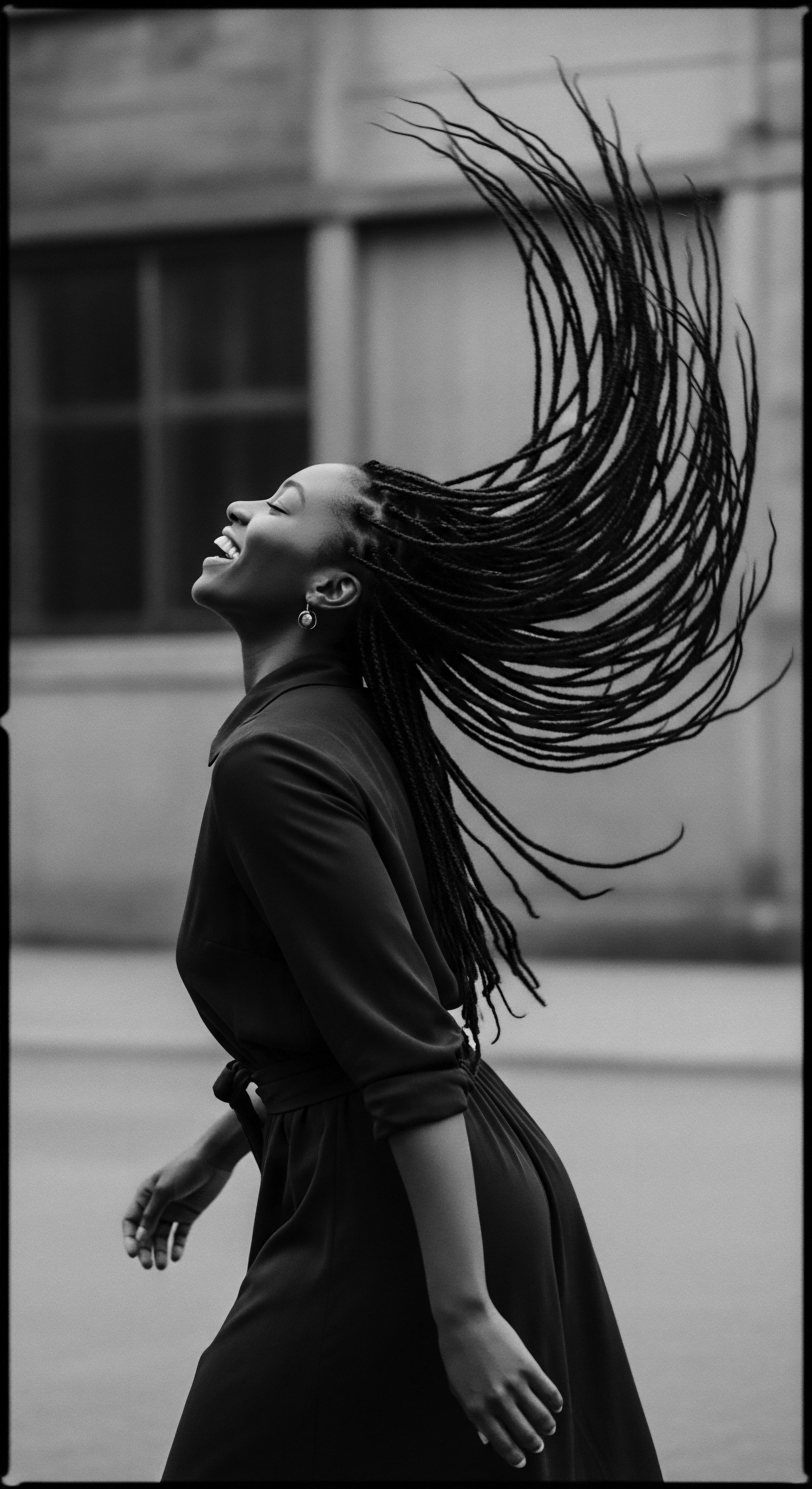
Beyond Biology ❉ Socio-Cultural Determinants and Historical Context
The academic delineation of lice prevention expands beyond pure biology to critically assess the intricate socio-cultural landscape that has historically influenced perceptions and practices. The stigma associated with head lice, often erroneously linked to poor hygiene or lower socioeconomic status, has long complicated prevention and treatment efforts. In many Western societies, the presence of lice can lead to feelings of shame, social isolation, and anxiety. This perception, divorced from the biological reality that lice can thrive in any hair regardless of cleanliness, can impede timely intervention and open discussion.
However, a culturally sensitive lens reveals diverse attitudes. In some rural Nigerian communities, for example, head lice infestations are often perceived not as a dire health crisis or a source of profound stigma, but rather as a common nuisance or even a normal part of life. This perspective profoundly influences prevention and management, with communal grooming and traditional remedies playing a more integrated role without the intense societal pressures observed elsewhere.
The prevalence rate in such settings, while still significant (e.g. around 30% in a rural Nigerian community surveyed), is met with different social responses, underscoring how cultural context shapes the experience of lice prevention.
The historical experiences of Black and mixed-race communities further underscore the complex interplay of factors beyond biology. During the period of enslavement, enslaved individuals were often subjected to deplorable living conditions where basic hygiene was severely compromised. Despite these adversities, their hair care traditions, which included the use of oils, protective styles, and communal grooming, offered some measure of defense and continuity of care.
The institution of head wraps, mandated by oppressive forces, also became a functional tool against external factors, including lice, even while serving as a marker of forced subservience. This history emphasizes the resilience and adaptability of Black communities in maintaining hair health amidst challenging circumstances, transforming elements of oppression into forms of cultural continuity and practical protection.
- Stigma and Perception ❉ The perception of head lice as a sign of uncleanliness or poverty, prevalent in many Western societies, has created significant barriers to open discussion and effective prevention. This often leads to delayed treatment and increased anxiety.
- Hair Care Products ❉ Beyond hair structure, the consistent application of hair products such as oils, creams, and butters in textured hair care routines can create a barrier. These products create a slippery surface that makes it harder for lice to cling and for nits to adhere firmly, further reducing the likelihood of infestation.
- Traditional Vs. Modern ❉ While modern pediculicides and specialized combs represent the current scientific standard for treatment, understanding the historical efficacy of traditional practices can inform more holistic and culturally appropriate prevention strategies.
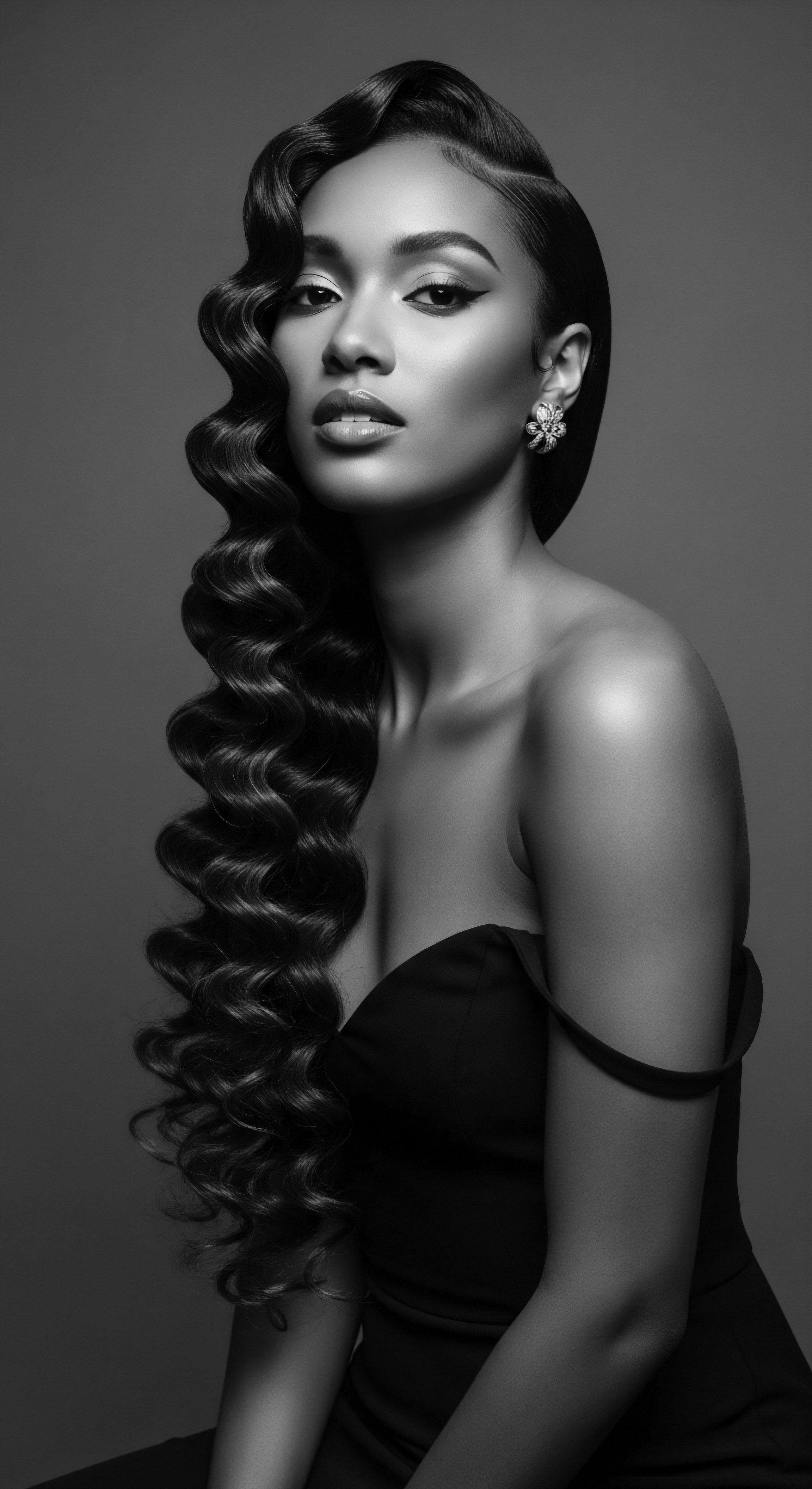
Modern Insights and Ancestral Affirmation
Contemporary research into head lice epidemiology and hair characteristics provides a scientific affirmation for long-standing observations within Black and mixed-race communities. The understanding that the physical structure of textured hair inherently deters the most prevalent strains of head lice serves as a powerful validation of a biological reality often obscured by societal misconceptions. Dr. Dale Clayton, a renowned parasitologist, highlights this phenomenon ❉ “African-American hair is shaped differently than Caucasian, Hispanic, or Asian hair, and lice have a hard time getting their grasping hooks around the shaft.” This statement challenges the widespread, often stigmatizing, assumption that lice prevalence is solely a matter of hygiene, re-framing it within the context of biological diversity.
The ongoing academic discourse now seeks to integrate these insights into more culturally informed public health approaches. Instead of a blanket application of prevention strategies, a nuanced perspective acknowledges the unique predispositions and historical adaptations of different hair types. This approach honors the ancestral wisdom embedded in traditional hair care rituals, recognizing that practices like consistent oiling and protective styling, while primarily for hair health and aesthetic, simultaneously contribute to lice prevention through physical and environmental deterrence.
The academic pursuit of lice prevention, therefore, involves not only identifying the most effective modern interventions but also recognizing and celebrating the profound, often unconscious, protective measures that have been intrinsic to the hair care traditions of Black and mixed-race communities for centuries. This comprehensive delineation of lice prevention calls for a holistic viewpoint, acknowledging the historical, cultural, and biological dimensions that shape this age-old human experience.
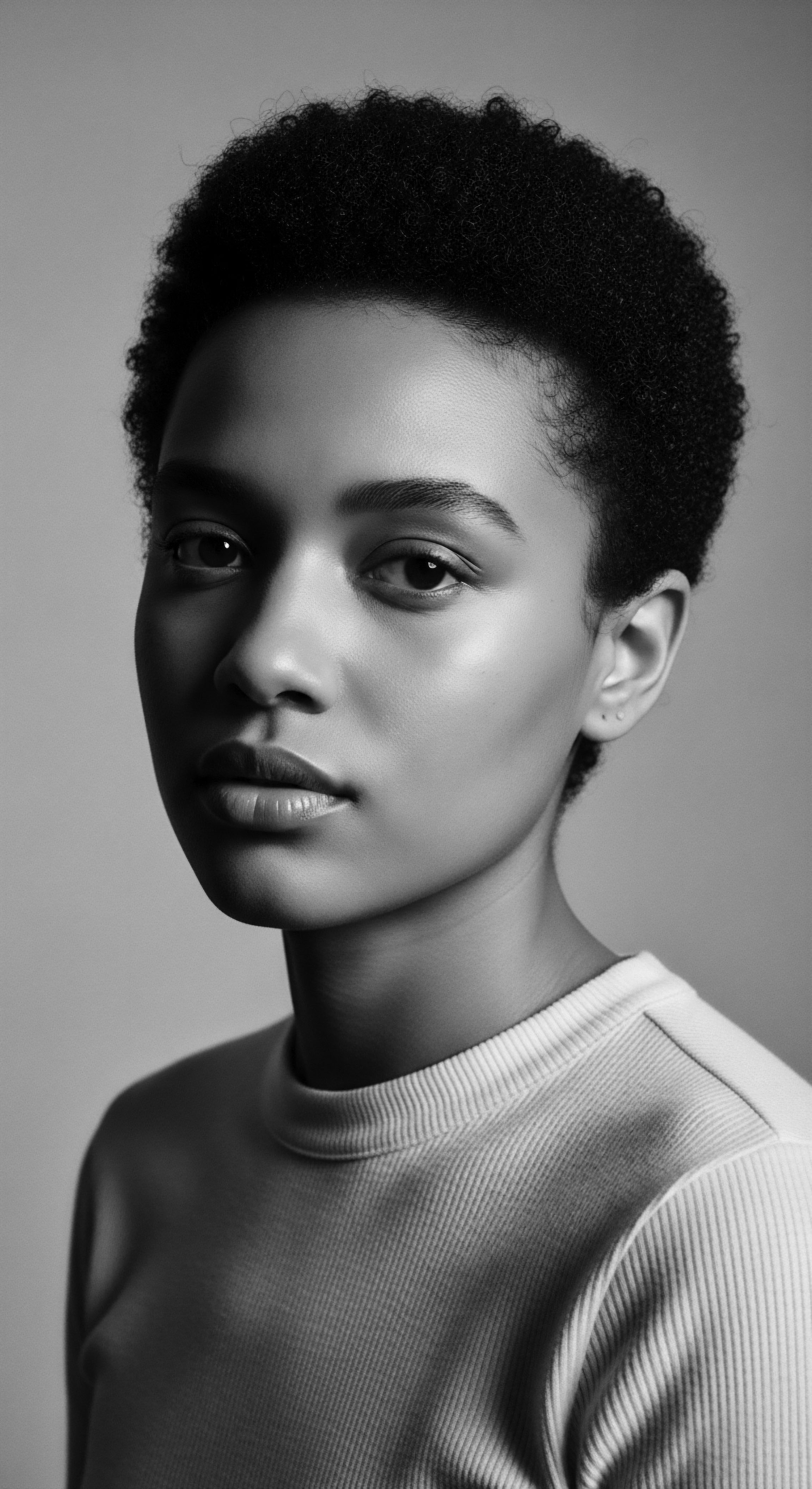
Reflection on the Heritage of Lice Prevention
The journey through the intricate world of lice prevention, particularly when viewed through the profound lens of textured hair heritage, reveals a story far richer than mere clinical intervention. It is a testament to the enduring wisdom of ancestral practices, a melody carried across generations through the very strands of our hair. The whispers of old remedies, the disciplined rhythm of communal grooming, and the intentional artistry of protective styles were not simply reactive measures against a pervasive pest; they were acts of reverence for the scalp, expressions of community well-being, and quiet affirmations of identity.
The scientific revelation concerning the inherent resilience of coily hair against common lice strains offers a potent, affirming resonance. This biological ‘advantage,’ rooted in the very structure gifted by our forebears, allows us to see prevention, not solely as a battle, but as a continuity of care that is deeply, uniquely ours. It speaks to the ingenuity woven into the historical fabric of Black and mixed-race hair experiences, where every oil application, every braid, every twist, held a purpose beyond the visible.
Understanding lice prevention through this heritage-centered framework encourages a gentle, knowledgeable approach. It reminds us that our hair, a vibrant testament to survival and beauty, has always been a repository of wisdom. The meticulous attention given to textured hair throughout history — from the choice of natural botanicals to the architectural integrity of intricate styles — collectively painted a living archive of preventive measures. This legacy of thoughtful engagement with our hair continues to guide us toward a future where prevention is not just about avoiding infestation, but about honoring the historical journey of every coil and every strand, preserving the sanctity of our crowns with ancestral grace.
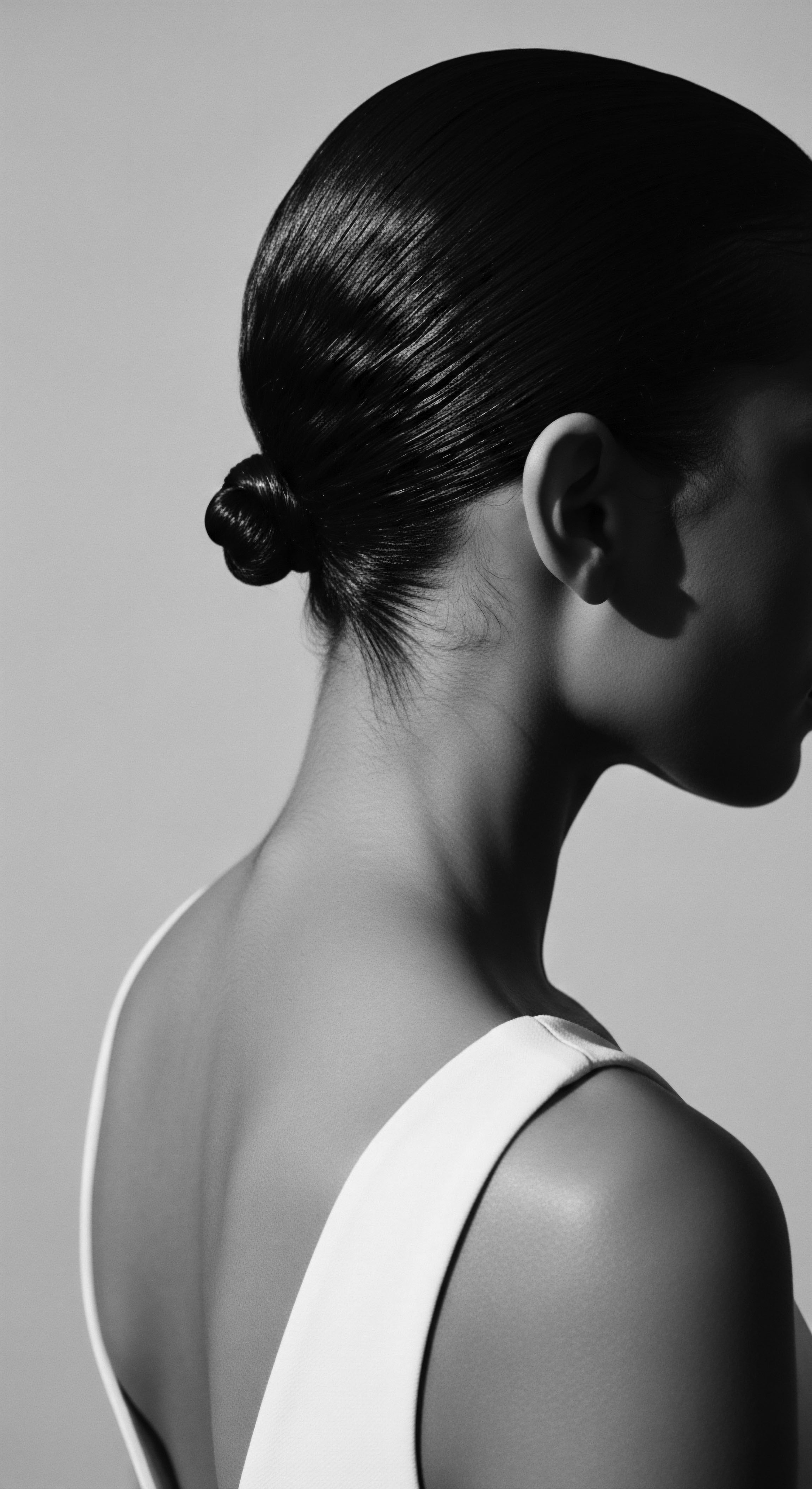
References
- Totelin, Laurence. “Nit Picking the Greek and Roman Way.” The Recipes Project, 9 Apr. 2019.
- Clayton, Dale. “Can African Americans Get Head Lice?” Lice Aunties, 14 Apr. 2021.
- Sissons, Beth. “Do Head Lice Affect African American People? Dispelling Myths And Understanding The Facts.” Medical News Today, 30 Oct. 2021.
- NitNOT. “How Different Cultures Handle Head Lice Infestations.” NitNOT, 2024.
- NitNOT. “The Evolution of Head Lice Treatment Over the Decades.” NitNOT, 29 Nov. 2024.
- CDC. “About Head Lice.” Centers for Disease Control and Prevention, 4 June 2024.
- Adewole, S. O. et al. “A Review of Indigenous Therapies For Hair And Scalp Disorders In Nigeria.” African Journal of Food, Agriculture, Nutrition and Development, vol. 24, no. 5, 2024, pp. 2–11.
- Amanzougaghene, N. et al. “High Ancient Genetic Diversity of Human Lice, Pediculus humanus, from Israel Reveals New Insights into the Origin of Clade B Lice.” PLoS ONE, vol. 11, no. 10, 2016, e0164659.
- Vicentini, Chiara Beatrice, et al. “Ancient treatment for lice ❉ a source of suggestions for carriers of other infectious diseases?” Journal of Infection in Developing Countries, vol. 10, no. 3, 2016, pp. 297–300.
- Roberts, Carolyn. “Juneteenth, slavery, and the origins of health disparities.” Yale Medicine Magazine, 13 June 2022.
- Pattillo, Mary. “Black Advantage Vision ❉ Flipping the Script on Racial Inequality Research.” Issues in Race & Society, Spring 2021, pp. 5–18.
- Oladele, D. A. et al. “Knowledge, attitudes and practices regarding head lice infestations in rural Nigeria.” Journal of Infection in Developing Countries, vol. 5, no. 9, 2011, pp. 652–657.
- Aremu, Bukky. “Historical Perspectives on Hair Care and Common Styling Practices in Black Women.” Journal of the National Medical Association, 4 Mar. 2025.
- WHO. “Treatment of human lice.” World Health Organization, WHO/CTD/WHOPES/97.8, 1997.
- Traub, Rebecca. “Head Lice in Ancient Times.” Lice Clinics of America, 24 Feb. 2017.
